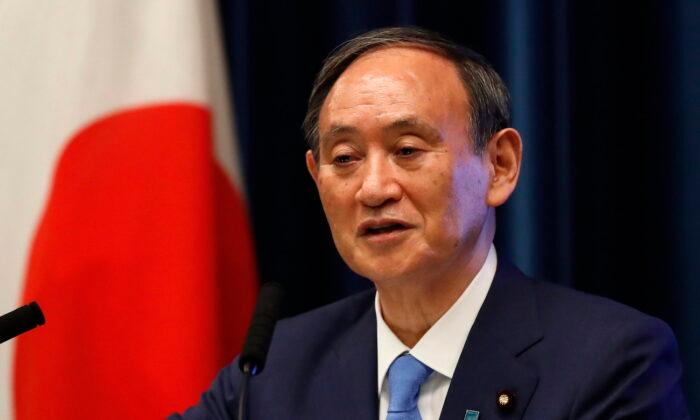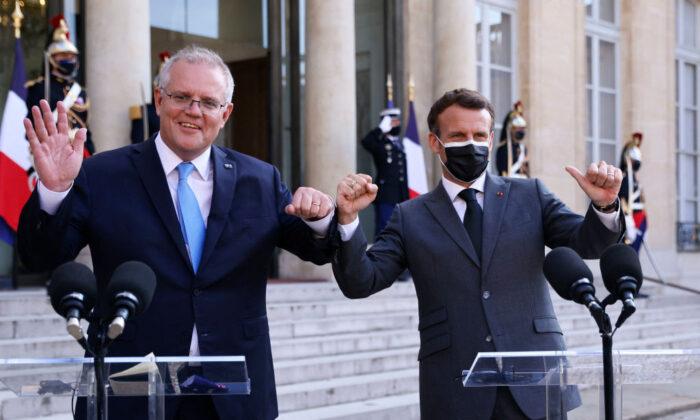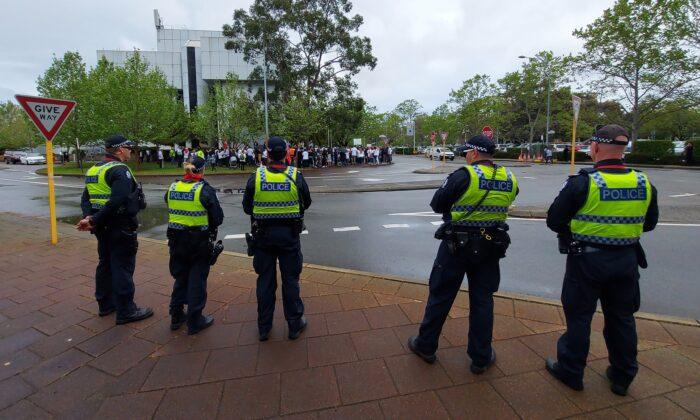Candidates are scrambling to fill a power vacuum left by the sudden resignation of Japan’s prime minister Yoshihide Suga, whose popularity plummeted amidst a renewed wave of COVID infections.
But although four candidates have successfully collected the signed endorsements of 20 or more parliamentarians required to enter the race, one political expert has said the outcome is not predictable.
The candidates include the Minister for Administrative & Regulatory Reform and japan’s Vaccination Rollout Taro Kono, and former Foreign Minister Fumio Kishida. In addition, two women are in the running to become Japan’s first female Prime Minister—former Communications Minister Sanae Takaichi and the party’s Acting General Secretary, Seiko Noda.
With a general election this November, whoever is named prime minister will have just weeks to sell their message to the public ahead of facing the polls.
The vote will be decided by 766 delegates, split evenly between LDP parliamentarians and its 1.13 million grassroots members. Given the looming general election, many LDP parliamentarians are expected to support whomever they believe is most appealing to voters.
Wallace argues that while grassroots party activists tend to be more ideologically driven, many “party members do care about their parties’ electoral prospects.”
“Preferences, as expressed in voting for LDP president, have only differed from public preferences in degree rather than outcome since the start of this millennium,” he said. But he notes that while the LDP factions can not be ruled out as they can play a decisive role in the leadership election, “the factional situation this year is extremely fluid and volatile.”
In particular, the LDP this year has seen the party’s most powerful person, Abe Shinzō, have increasing trouble exerting control over his faction, the Hosoda, with one member, Fukuda Tatsuo, pushing back against the decision to back Suga, and then Takaichi.
“Over the last month, Fukuda has reached out to vulnerable lawmakers in other factions and grown an ”anti-faction“ faction starting from 15 members to now featuring at least 70 members,” Wallace writes, highlighting the fluidity the LDP is currently experiencing.
This means Taro Kono is currently the favourite to win the LDP leadership, particularly given he consistently tops public polling and boasts a large following on social media.
Wallace told The Epoch Times all, “the candidates generally support Abenomics in terms of looser monetary policy and higher government spending.
“A government role in fostering economic growth is no longer contested, but there are some differences between the candidates in terms of priorities,” he said.
For example, Wallace says that Kono advocates investing in digital technologies and renewable energy, while Takaichi wants to double down on nuclear power generation.
Arguing that disparity ultimately hurts economic growth, Kishida and Noda are campaigning on measures to reduce the gap between rich and poor, but “whether any of these address the core structural problems Japan is dealing with is, of course, debatable” Wallace notes.
China’s belligerence is also a target candidates are addressing, with candidates clashing over security policy.
“There has been a lot of debate about foreign policy and national defence,” Wallace said. “Specifically whether Japan should spend substantially more on national defence, develop overseas strike capabilities, or strengthen the U.S. alliance even further with new basing arrangements and weapons platforms.”
All candidates do support the U.S. alliance; however, Kono and Kishida also favour increased dialogue with China, while the Takaichi advocates radical increases in defence spending and revising Japan’s pacifist constitution.
Views of Japan’s leaders on military spending and the U.S. alliance have often differed markedly from those held by the broader public, though. Specific initiatives are seen as controversial by the Japanese public, such as deploying U.S. intermediate-range missiles on Japanese soil, which Takaichi openly supports.
Further, in a recent public debate, Kono and Kishida both refused to give a position on the measure, while Noda labelled the idea “extremely dangerous”. According to Wallace, deploying such weapons could generate “substantial local resistance throughout the country to the U.S. military’s presence, not just in and around Okinawa.”
The LDP campaign is also occurring amidst a population crisis that is unprecedented globally, with over 28 per cent of Japan’s population already over the age of 65, the largest proportion of any country.
Wallace also points to the difficulty in attracting skilled migrants.
“The irony is that Japan’s immigration reforms a few years ago did make it easier than before for people to come to Japan and work,” He said. “But other places pay better, and there are issues settling in [Japan], especially getting used to the language.”
In the meantime, Japan’s demographic crisis continues to worsen rapidly.
This significantly reduces economic production and consumption, while massively increasing healthcare burdens.
“The major issue still remains – Japan’s population is set to decline further over the next two decades”, says Wallace, “It is a minor miracle that Japan has managed positive GDP growth of any degree over the last decade.”





